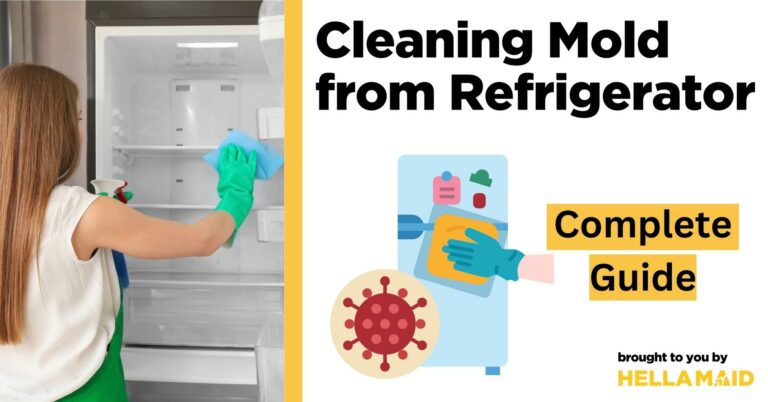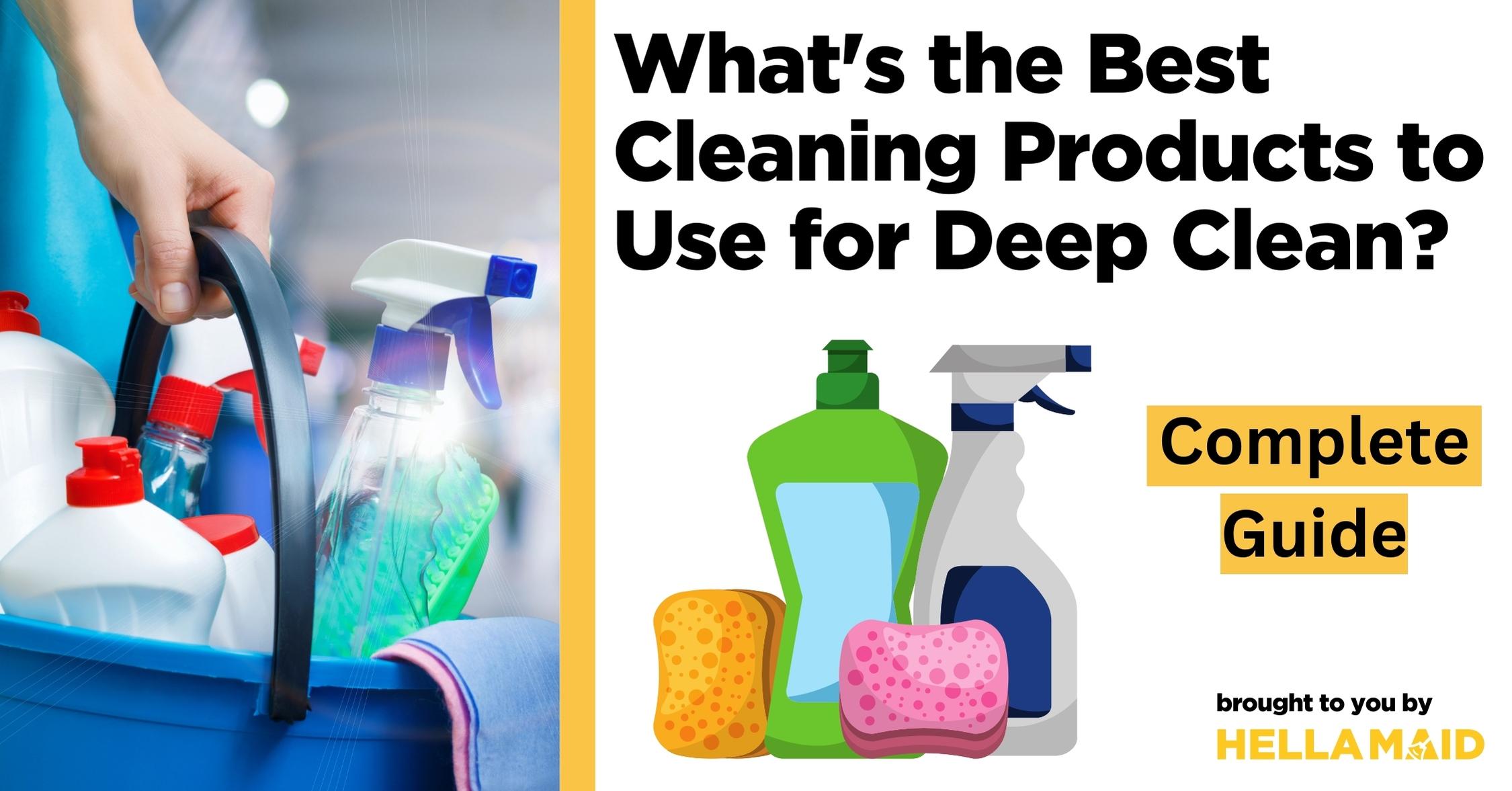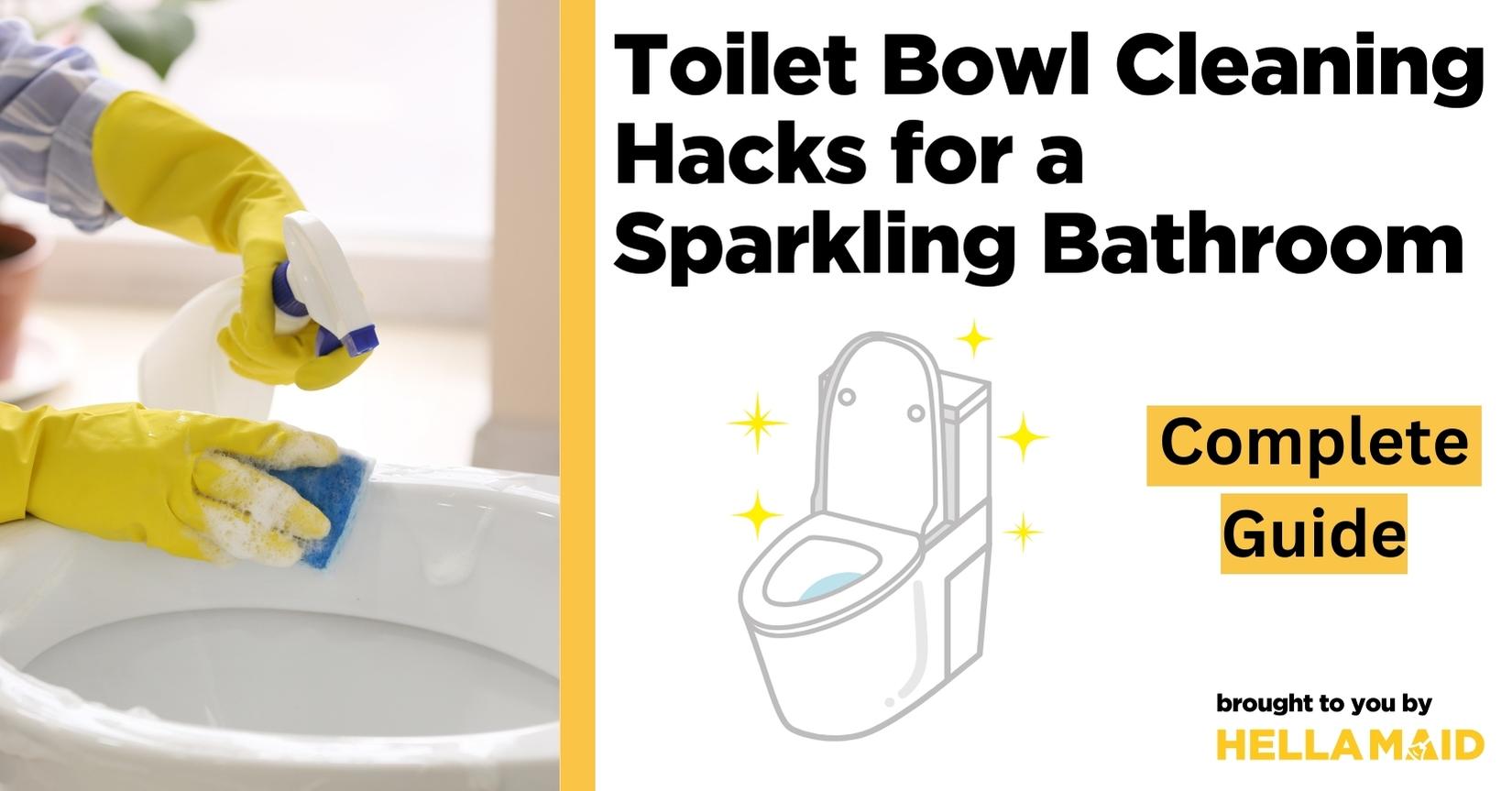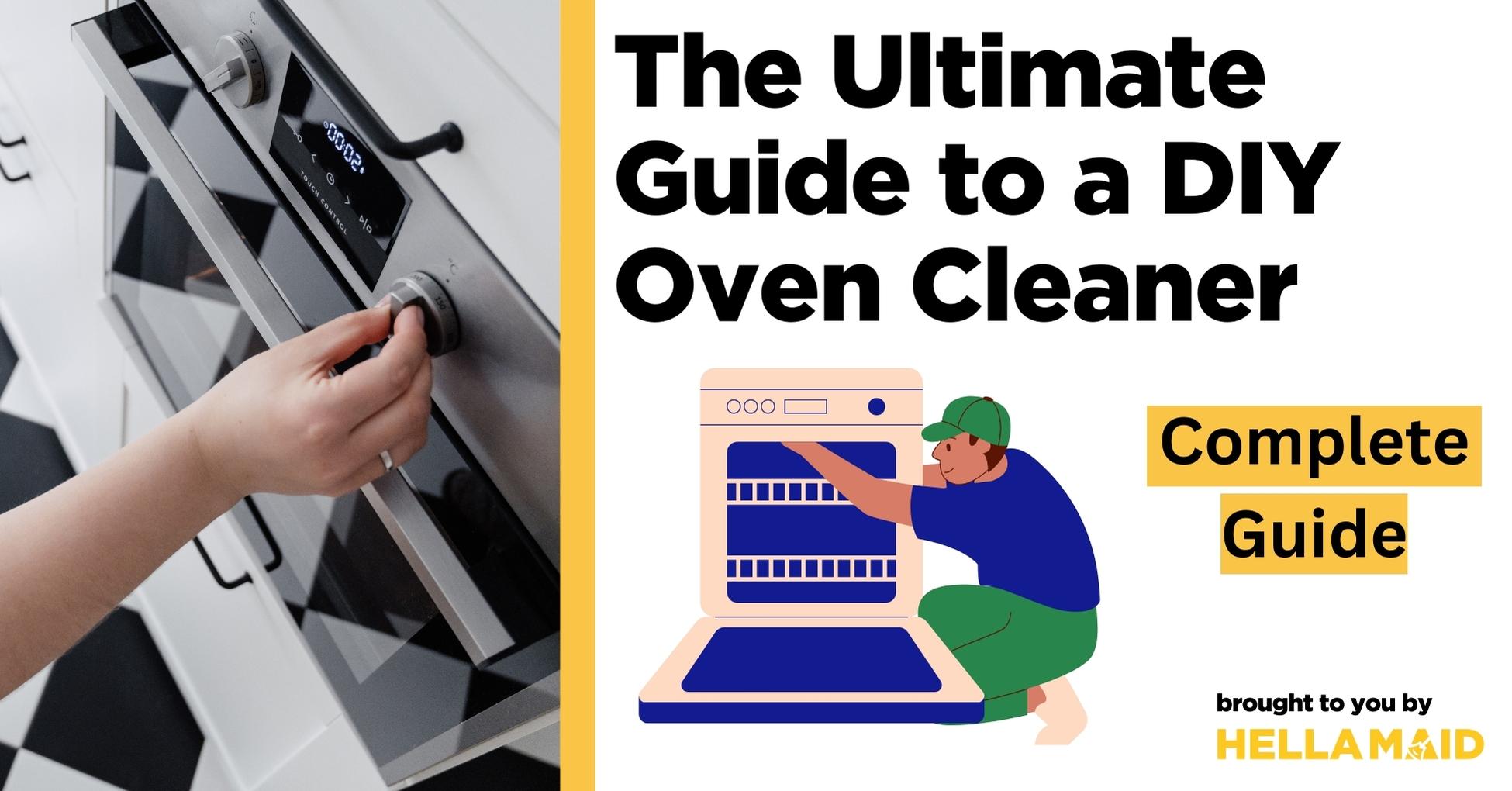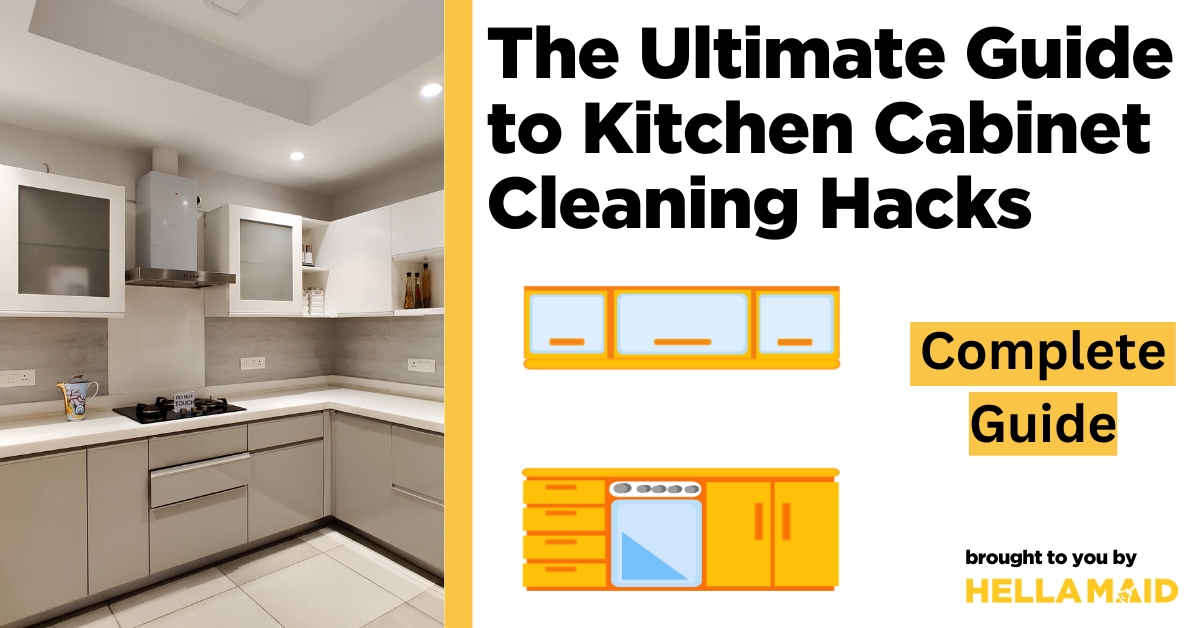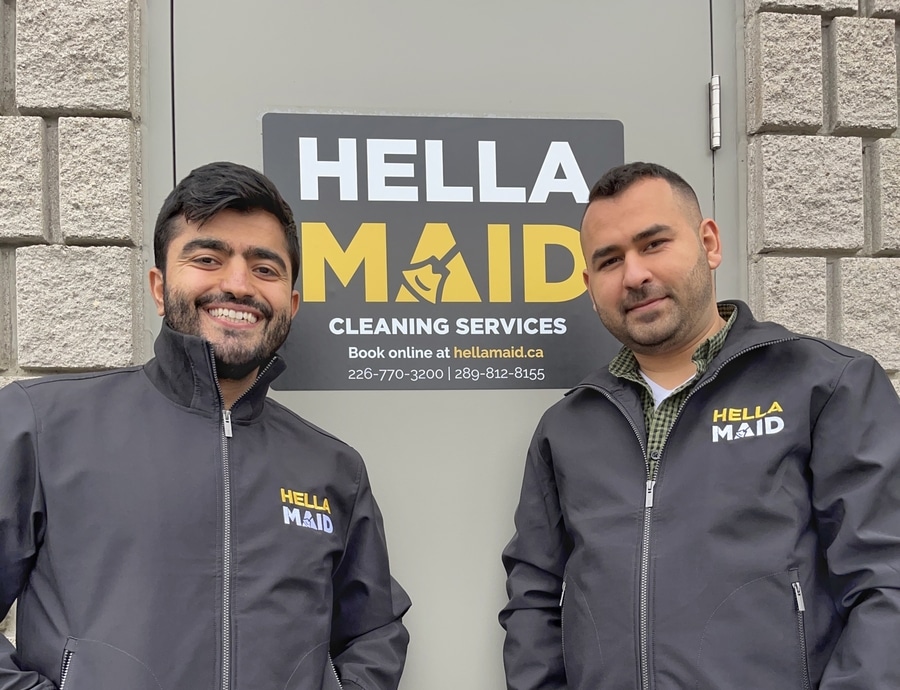Maintaining a clean and sanitary kitchen is a vital aspect of promoting both food safety and overall well-being. Yet, even in the cleanest of kitchens, mold growth can sometimes become an unwelcome guest, particularly in the moist environment of a refrigerator.
In this comprehensive guide, we’ll walk you through the process of effectively and safely cleaning mold from your refrigerator, ensuring not only the preservation of your food but also the health of your home.
Understanding the Causes of Mold Growth in Refrigerators
Mold is a microorganism that thrives in damp, humid environments, and your refrigerator, with its varying temperatures and high humidity levels, provides the perfect breeding ground. Spills, improper food storage, and the buildup of condensation are all contributing factors to mold growth within your fridge.

Preparing for the Cleaning Process
When it comes to tackling mold in your refrigerator, having the right cleaning process is essential. Here’s a list of products and safety tips that will help you get ready for the cleaning process.
Gather Supplies
Gathering the right supplies for cleaning your fridge is essential, here are the supplies and recommended products to consider:
1. Rubber Gloves
Rubber gloves provide a barrier between your hands and the cleaning solution, ensuring your skin is protected from any chemicals and mold particles.
Recommended Product: Playtex Living Gloves
2. Cleaning Solution
A mixture of equal parts water and white vinegar is an effective and natural cleaning solution that helps eliminate mold and inhibit its growth.
Recommended Product: Heinz All-Natural Cleaning Vinegar
3. Soft Cloths or Sponges
Soft cloths or sponges are gentle on surfaces and help you apply the cleaning solution without causing damage.
Recommended Product: Scotch-Brite Non-Scratch Scrub Sponges
4. Toothbrush or Soft-Bristle Brush
A toothbrush or soft-bristle brush is perfect for reaching tight corners and crevices in your refrigerator’s interior.
Recommended Product: Oral-B Indicator Contour Clean Toothbrush
5. Baking Soda
Baking soda helps absorb odors and excess moisture in your refrigerator, creating an environment that’s less conducive to mold growth.
Recommended Product: Arm & Hammer Baking Soda
6. Warm Water
Warm water is essential for rinsing surfaces after cleaning to remove any leftover residue from the cleaning solution.
Safety Precautions
Begin by unplugging the refrigerator and then emptying it of all its contents. This step is crucial to ensure both your safety and the effectiveness of the cleaning process.

Cleaning the Refrigerator Interior
These involves a thorough process of removing mold from all surfaces and compartments inside the fridge. This step is essential to ensure food safety, prevent mold spores from spreading, and maintain a hygienic environment within the appliance.
Removing Mold-Infested Items
Start by disposing of any food items showing signs of mold. This prevents further contamination and spread of spores.
Wiping Down Surfaces
Dip a cloth or sponge into the cleaning solution (a mixture of water and white vinegar) and thoroughly wipe down all interior surfaces, including shelves, drawers, and walls. The acidity of vinegar helps eliminate mold while inhibiting its future growth.
Tackling Crevices
Utilize a toothbrush or a soft-bristle brush dipped in the cleaning solution to meticulously clean tight corners and crevices. Gently scrub to remove mold from hard-to-reach areas.
Rinsing with Warm Water
Following the cleaning process, wipe down all surfaces once again using a cloth dampened with warm water. This step removes any residue of the cleaning solution.
Cleaning Refrigerator Seals and Gaskets
Refers to the process of meticulously cleaning the rubber seals around the refrigerator doors. These seals, also known as gaskets, are prone to mold growth due to their location and the moisture they can trap. Proper cleaning of these areas helps prevent mold spores from spreading and ensures the integrity of the seals, promoting both food safety and energy efficiency.
Cleaning Gaskets
The rubber seals around the refrigerator doors are another common area for mold growth. Use a cloth soaked in the cleaning solution to meticulously clean these seals.
Ensuring Dryness
After cleaning, ensure that the seals are completely dry. Mold is less likely to return in a dry environment.
Cleaning the Freezer
This step includes defrosting, clearing out items, and thoroughly cleaning the freezer’s interior surfaces. Proper freezer cleaning helps prevent mold growth, preserves the quality of stored items, and ensures the freezer’s efficient operation.
Defrosting
For refrigerators with a freezer compartment, defrost the freezer to enable thorough cleaning of all areas.
Clearing Contents
Remove all items from the freezer and discard any food items that display signs of mold contamination.
Deep Cleaning the Freezer Interior
Follow the same steps outlined for cleaning the refrigerator interior when addressing the freezer. Pay special attention to the freezer walls and shelves.
Preventing Future Mold Growth
By practicing proper food storage, maintaining a regular cleaning routine, and addressing potential sources of moisture, you can create an environment that discourages mold growth and promotes a healthier, mold-free refrigerator. Here are the tips to consider:
Proper Food Storage
Store food items in airtight containers to minimize spills and reduce moisture accumulation.
Regular Cleaning Routine
Integrate regular refrigerator cleaning into your routine to prevent mold from reappearing.
Vigilant Leak Inspection
Periodically inspect your refrigerator for leaks, as excess moisture can contribute to mold growth.
Utilizing Baking Soda
Place an open container of baking soda in the refrigerator to absorb excess moisture and odors.
Maintaining Your Mold-Free Refrigerator
Involves adopting consistent habits and practices to ensure a continuous mold-free environment. This step encompasses regular inspections, prompt action against spills and leaks, and ongoing vigilance. By adhering to these maintenance practices, you can enjoy a consistently clean and mold-free refrigerator, contributing to a healthier and safer kitchen space.
Monthly Inspection
Set a monthly reminder to inspect your refrigerator for any signs of mold growth. Early detection prevents the issue from escalating.
Immediate Action
Address any spills or leaks as soon as they occur to prevent mold from finding an environment to grow.
Cleaning mold from your refrigerator is a crucial step in maintaining food safety and preserving the quality of your stored items. By adhering to the steps outlined in this guide, you can effectively eradicate mold and safeguard against its recurrence. Regular maintenance, proper food storage practices, and immediate cleanups will help you maintain a mold-free refrigerator, ensuring a healthier, safer, and more hygienic kitchen environment.
Remember, a clean refrigerator is a testament to your dedication to both your family’s health and the longevity of your kitchen appliances. By incorporating these cleaning practices into your routine, you’re making a valuable investment in your home’s overall well-being.

